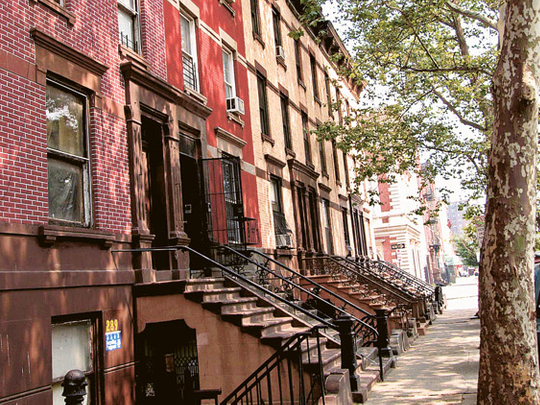
Dubai: The safe haven status could soon come into play for US real estate as global investment flows become disrupted by the Middle East situation. And if the process needed any acceleration, yet another factor — the US interest rate — can even lend a hand.
"There is a perceived value play in terms of the weak US dollar, which is expected to turn around with the anticipated rate increases coming from the Federal Reserve," said Edward Mermelstein of Mermelstein LLP, a real estate law firm with offices in New York and Moscow.
"The latest turmoil in the Gulf has resulted in a sudden lull that is expected to turn into a flight to safety. The US will — of course — be a beneficiary of the diversification which is expected to be flowing from this region."
All of this might seem like harking back to the times when the word recession was not even on the horizon. But Mermelstein throws down markers to emphasise this is no desert mirage.
"For example, Manhattan pricing has reached pre-recessionary levels for Class A offices with retail and multi-family residential," he said.
"The numbers in both commercial as well as residential transactions have significantly gone up in the last two quarters. The most prevalent increases have come from the top locations such as Manhattan, Aspen or South Beach.
"Everyone is looking for a bargain, but the reality is that any area worth investing in will not be distressed. Not that there are no bargains to be had — downward pressure is still being felt by locations such as Las Vegas.
The usual names figure when it comes to the overseas investors' favoured destinations on the mainland.
There's the perennial favourite, New York City — a well-heeled Russian investor acquired a two-bedroom penthouse at 110 Central Park South at an estimated $12.2 million — while properties in Miami, San Francisco and Washington DC are experiencing sizeable transactions.
Away from the primary destinations, the more adventuresome foreign investments are also making a beeline for secondary markets such as Phoenix, Houston and Boston.
"There is definitely an increase in purchases from high-networth individuals, but the international sovereign funds have been very active in the last six months as well," said Mermelstein.
"The US real estate cycle has shown a recurring seven- to ten-year bell curve. It rarely deviates from the curve and has shown consistent yearly returns that have outperformed the rest of the world over the past 50 years.
"While prior returns are not indicative of future potential, the typical yield curve suggests that favourable investment conditions should continue for the next three to five years." Interest in commercial property in the US is yet to break free completely from the recessionary grip. But some loosening is becoming apparent.
During the worst phase of the downturn, prices in the US commercial sector declined in many cases by more than 40 per cent.
"With the lack of new construction and a reversal in unemployment rates, we are experiencing a turnaround in this sector," said Edward Mermelstein.
"Nevertheless, there is still a concern regarding the financing issues that continue to hinder the commercial market. Once we experience a continued upward pressure on leasing rates, lenders should come back into the market.











